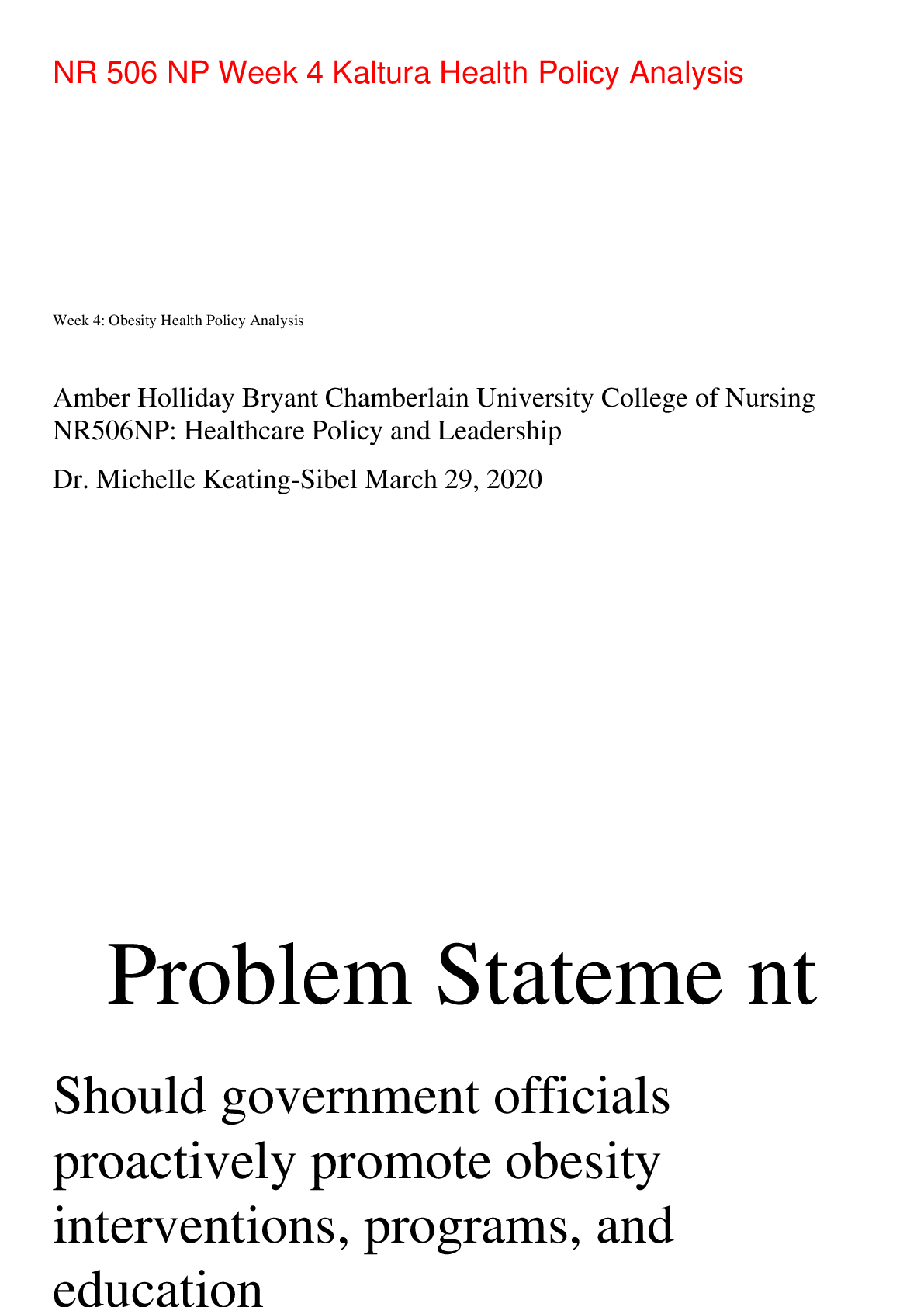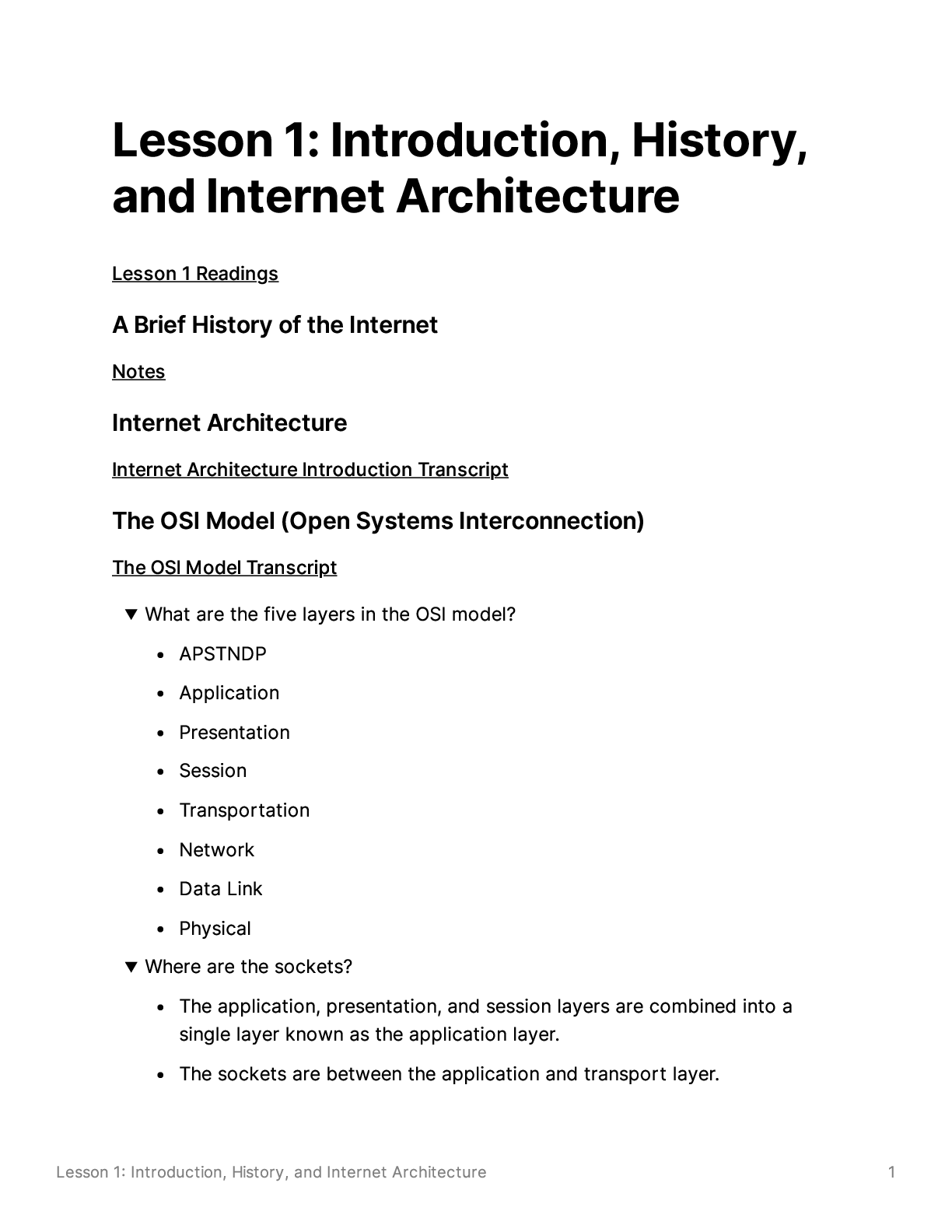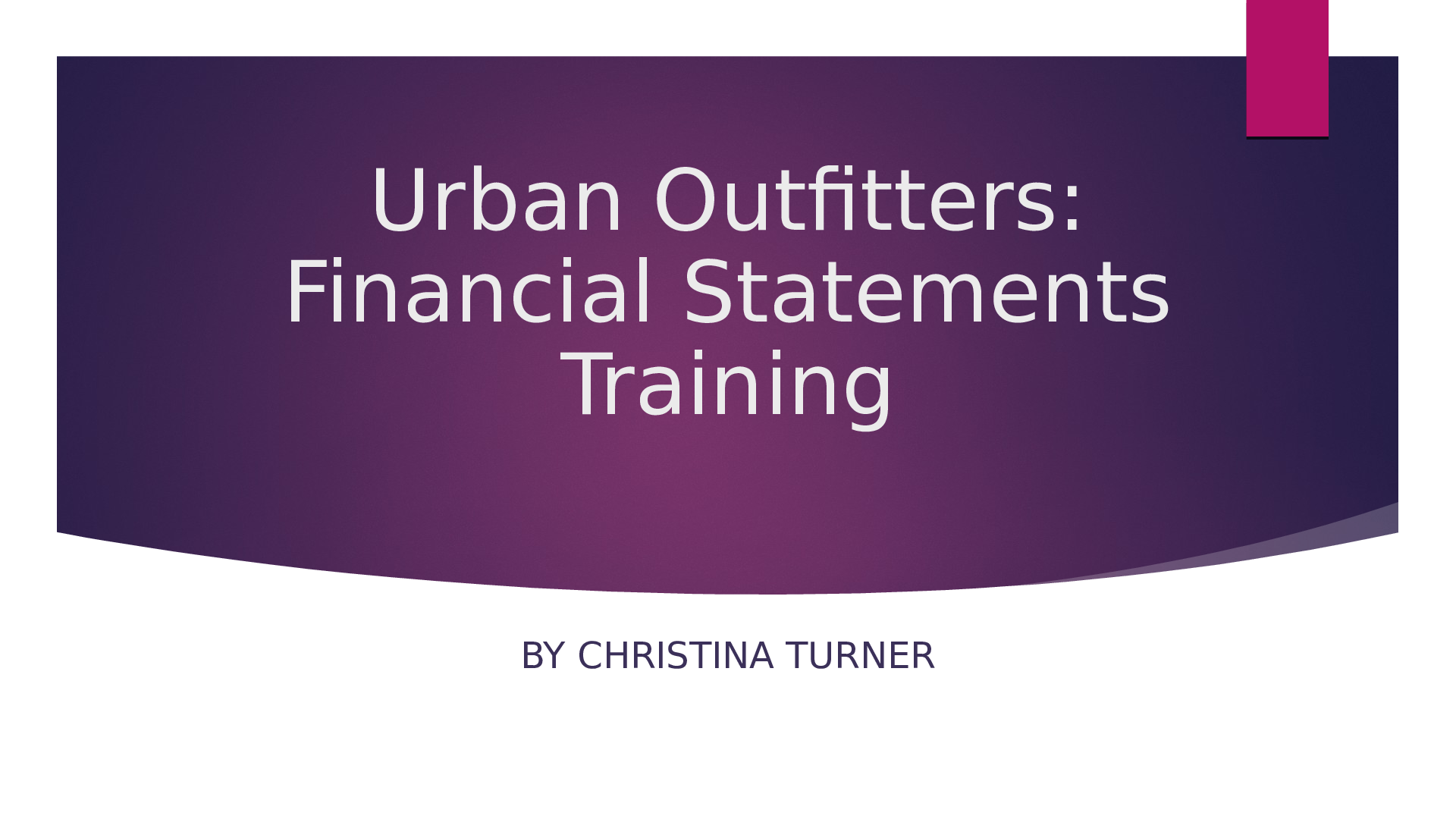Computer Science > STUDY GUIDE > Salt Lake Community CollegeCSIS 2310Chapter 18 (All)
Salt Lake Community CollegeCSIS 2310Chapter 18
Document Content and Description Below
Chapter 18 High Throughput (HT) and 802.11n In this chapter, you will learn about the following: 802.11n-2009 amendment Wi-Fi Alliance certification MIMO Radio chains Spatial multiplexing (SM) ... MIMO diversity Space-Time Block Coding (STBC) Cyclic Shift Diversity (CSD) Transmit beamforming (TxBF) HT channels 20 MHz non-HT and HT channels 40 MHz channels 40 MHz Intolerant Guard interval (GI) Modulation and coding scheme (MCS) HT PHY Non-HT legacy HT Mixed HT Greenfield HT MAC A-MSDU A-MPDU Block Acknowledgement RIFS HT power management HT operation 20/40 channel operation HT protection modes (0–3) RTS/CTS and CTS-to-self 802.11n migration and deployment In this chapter, we discuss the most talked about Wi-Fi technology that is defined under the 802.11n-2009 amendment. The original main objective of the 802.11n amendment is to increase the data rates and the throughput in both the 2.4 GHz and 5 GHz frequency bands. The 802.11n amendment defines a new operation known as High Throughput (HT), which provides PHY and MAC enhancements to provide for data rates potentially as high as 600 Mbps. 802.11n requires a whole new approach to the Physical layer, using a technology called multiple-input multiple-output (MIMO) that requires the use of multiple radios and antennas. As you learned in earlier chapters, multipath is an RF behavior that can cause performance degradation in legacy 802.11a/b/g WLANs. 802.11n radios use MIMO technology, which takes advantage of multipath to increase throughput as well as range. [Show More]
Last updated: 2 years ago
Preview 1 out of 23 pages
.png)
Buy this document to get the full access instantly
Instant Download Access after purchase
Buy NowInstant download
We Accept:

Reviews( 0 )
$11.00
Can't find what you want? Try our AI powered Search
Document information
Connected school, study & course
About the document
Uploaded On
Jun 24, 2021
Number of pages
23
Written in
Additional information
This document has been written for:
Uploaded
Jun 24, 2021
Downloads
0
Views
72









.png)




